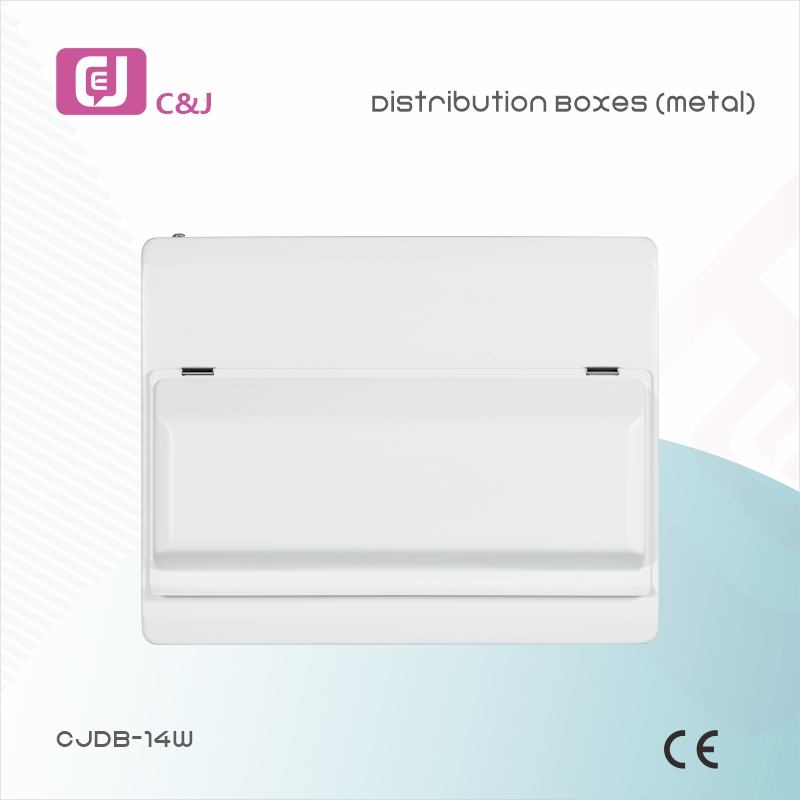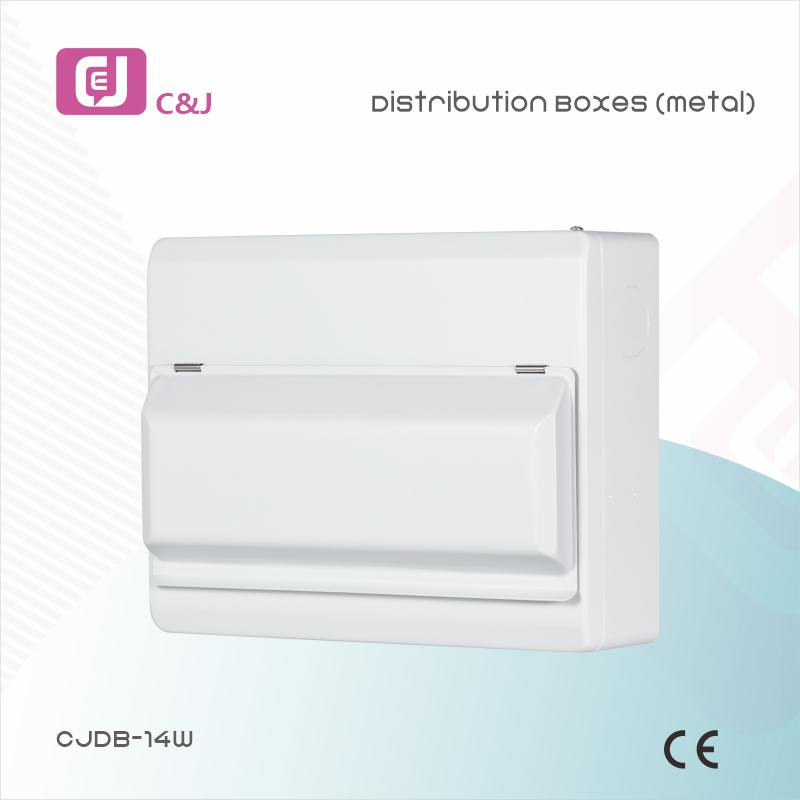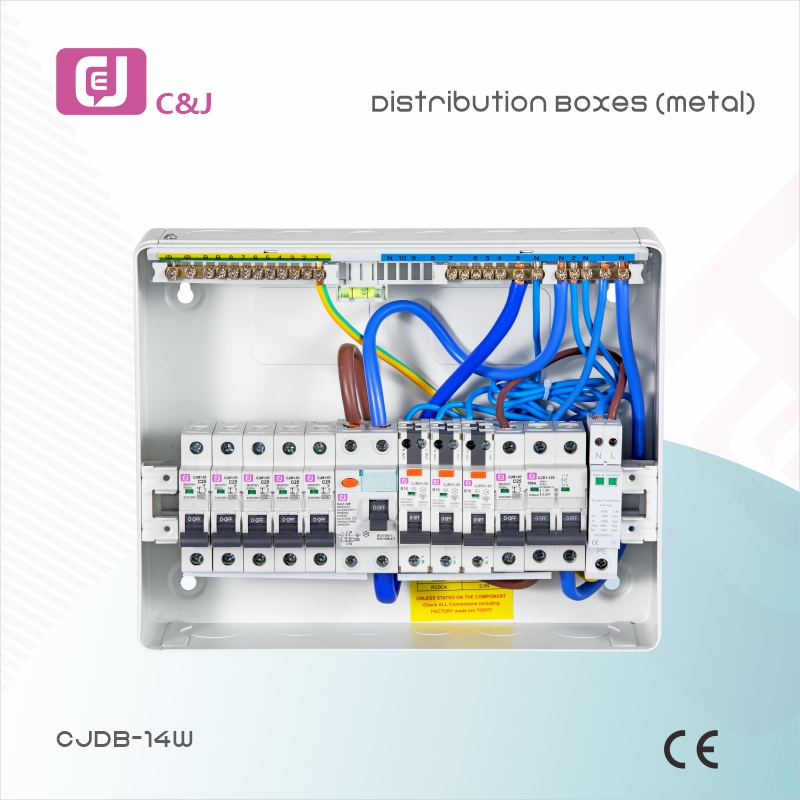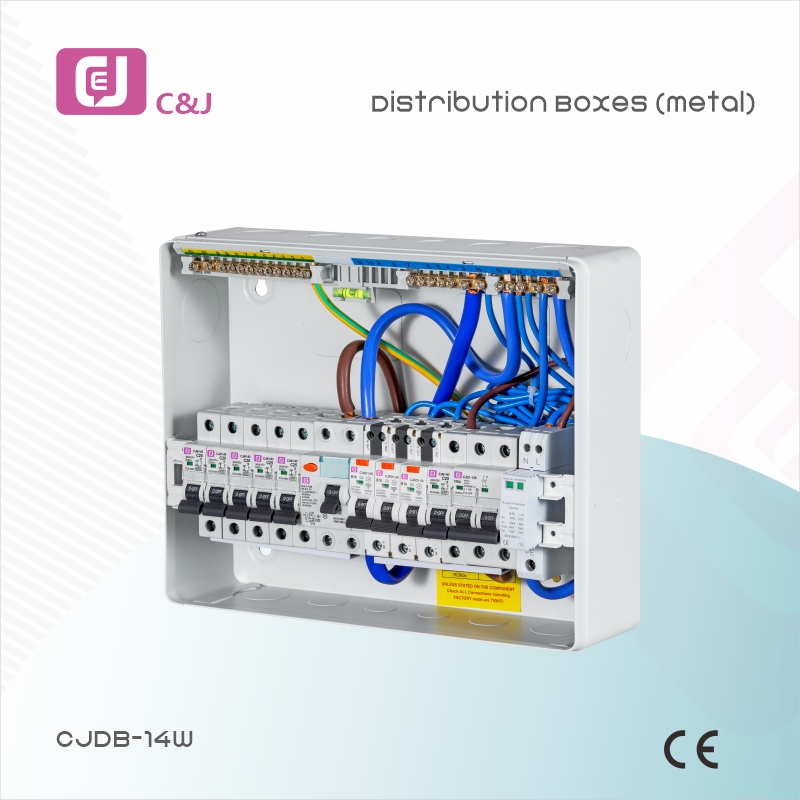Understanding the Consumer Unit: A Key Component in the Electrical System
The term “power draw unit” is often mentioned in the world of electrical systems, but many people may not fully understand what it means or how it functions. The power draw unit, also known as a distribution panel or fuse box, is a critical component in residential and commercial electrical installations. It acts as a distribution center, ensuring that electricity is safely and efficiently delivered to individual circuits throughout a building.
What is a consumption unit?
At its core, a power distribution unit is an enclosure that houses circuit breakers, fuses, and other protective devices. Its primary function is to distribute power from the main power source to different circuits and provide overload and short-circuit protection. A power distribution unit is usually located near the point where the power source enters the building for easy maintenance and inspection.
COMPONENTS OF CONSUMPTION UNITS
A standard consumer unit consists of several key components:
1. Main switch: This is the main switch that controls the power supply to the entire building. It allows the user to disconnect the power supply for safety during maintenance or emergency.
2. Circuit breakers: These devices automatically cut off the flow of electricity in the event of an overload or short circuit, preventing potential hazards such as electrical fires. Each circuit in a building is connected to a specific circuit breaker to disconnect it in the event of a fault.
3. RCD (Residual Current Device): An RCD is a safety device that cuts off the power supply if it detects a current imbalance, which may indicate a fault or leakage. This is particularly important to prevent electric shock.
4. Bus Bar: This is a conductive material used to distribute electrical current to the various circuit breakers within an electrical unit. It acts as a central point for power distribution.
5. Enclosure: The power unit is installed in a protective enclosure, which is usually made of metal or plastic. The enclosure not only protects the internal components, but also prevents accidental contact with live parts, thus ensuring safety.
Importance of Consumer Units
The power distribution unit plays a vital role in ensuring the safety and efficiency of electrical systems. It allows for better management of power supply to different areas of a building by providing a centralized distribution point. This is especially important in modern residential and commercial spaces where multiple electrical devices and appliances are used simultaneously.
In addition, circuit breakers and residual current devices (RCDs) are installed within the PDU to minimize electrical risks for increased safety. Regular maintenance and inspection of the PDU is essential to ensure that all components are functioning properly and that the system complies with current electrical standards.
Upgrade your consumer unit
As technology advances and the demand for electricity grows, many homeowners and businesses may find that their existing electrical distribution units are no longer able to keep up. Upgrading to a modern electrical distribution unit can provide many benefits, including improved safety, increased circuit capacity, and greater energy efficiency. It is recommended that you consult a qualified electrician to evaluate your current system and determine if an upgrade is necessary.
In summary
In summary, the PDU is an essential component of any electrical system and is the heart of power distribution within a building. Understanding its components and functions is critical for anyone involved in electrical installation or maintenance. By properly managing the PDU and prioritizing safety and efficiency, we can ensure that the electrical system runs smoothly and safely. Whether you are a homeowner, business owner, or electrician, recognizing the importance of the PDU is key to maintaining a safe and efficient electrical environment.
Post time: Jun-19-2025





